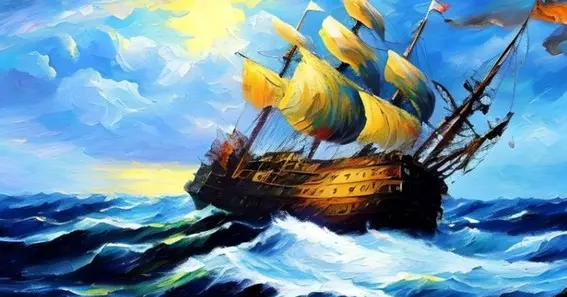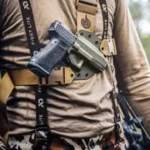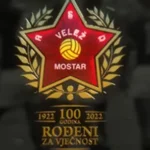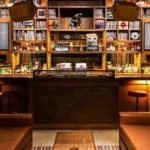When was the Kopra artwork made in? Despite various online searches and attempts to identify any documented tradition or piece widely known as “Kopra” artwork, there is currently no prominent reference or historical record pinpointing its creation date or cultural background. It’s possible that “Kopra” refers to a niche, regional art form, or is an alternate spelling of another artistic practice.
In this blog, we’ll consider the likely origins of the term, speculate on its possible meaning, and provide practical steps for researching lesser-known art traditions—especially if “Kopra” sparks curiosity due to local folklore or personal discovery.
Possible Meanings of “Kopra” Artwork
- Coconut (Kopra) Crafts
In various parts of Asia, “copra” (sometimes spelled “kopra”) refers to dried coconut meat. Some local artisans may carve shells or husks to produce unique craft items, though these are not commonly referred to as “Kopra artwork” in major art historical records. - A misspelling or Alternate Spelling
“Kopra” might be a phonetic variant or a local name that differs from a more widely recognized term. Sometimes, artworks or cultural items get transliterated differently into English, leading to confusion. - New or Regional Folk Art
It’s possible that “Kopra” is an emerging or very localized art phenomenon, perhaps practiced by a small community or region that hasn’t gained broader media attention yet. - An Individual Artist’s Title
In rarer cases, “Kopra” could be an artist’s pseudonym or the title of a specific piece whose references are minimal or confined to private collections.
When Was the Kopra Art Work Made In?
Revisiting the focus keyword: When was the Kopra art work made in? As of now, there is no reliable documentation confirming a recognized piece or tradition under this exact name and spelling. Enthusiasts or researchers seeking more details may need to do further investigation, tapping into local knowledge, art communities, or archives that might mention alternative spellings or related crafts.
Tips for Further Research
- Check Local Archives: If you suspect “Kopra” references a cultural craft, local museums or community centers might keep records on folk arts or artisanal traditions.
- Engage with Art Collectors: Private galleries, estate collections, or art dealers occasionally house unique pieces that remain undocumented in mainstream databases.
- Explore Linguistic Variants: Look for synonyms or translations of “kopra” in regional languages, since the artwork may appear under a name that differs slightly from the English transliteration.
- Network in Art Forums: Global art enthusiast groups on social media or specialized platforms (e.g., Reddit, Facebook Groups, or niche art forums) can be valuable in uncovering obscure pieces or new cultural phenomena.
FAQs
- Could “Kopra” be a specific coconut-based craft?
It’s plausible. In many regions, artisans carve or decorate coconut husks/shells, though such products are usually known by localized terms. “Kopra artwork” might be an informal or new label. - Is “Kopra” an artist’s name or signature?
It’s possible. Occasionally, artwork titles derive from the artist’s moniker or nickname. Without concrete documentation, this remains speculative. - Are there references to “Kopra” in major art history texts?
Not in widely accessed Western or global art history databases. If “Kopra” exists, it may be referenced in smaller regional archives or specialized folklore records. - Could there be confusion with “copra” (dried coconut)?
Yes. “Copra” is the common English term for dried coconut meat. Transliteration variations might lead to “Kopra,” but that does not necessarily confirm a related art practice. - How can I verify if the “Kopra” artwork truly exists?
Start by investigating local cultural centers, contacting historians or anthropologists in the region, and engaging with online forums dedicated to ethnic or folk art. Firsthand interviews and on-the-ground exploration can uncover rare or little-known crafts.
In conclusion, the mystery of the “Kopra” artwork highlights the challenges of pinpointing obscure cultural artifacts or crafts that have not yet reached mainstream awareness. If you have encountered “Kopra” references in a local context, continuing your search through specialized forums, local archives, and academic channels may eventually yield more definitive answers.










